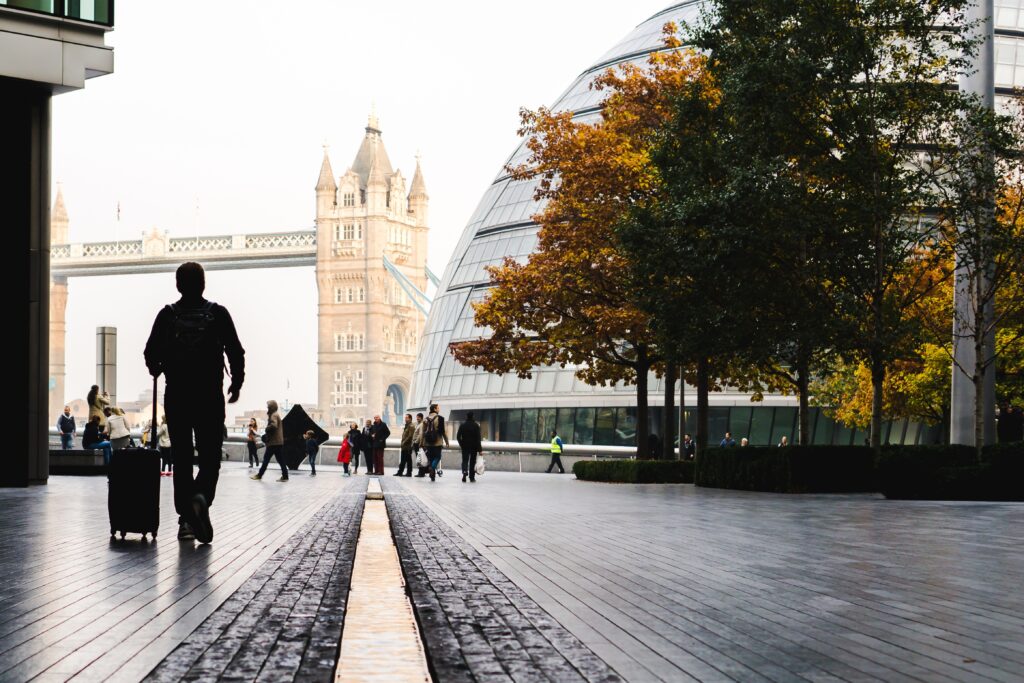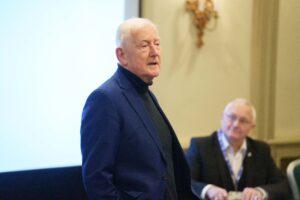The Mayor of London and Michael R. Bloomberg have jointly invested £1.5 million into running a sensor network across hospitals, schools and other priority locations.
The combined investment of £779,000 from Sadiq Khan and £720,000 from Bloomberg Philanthropies is intended to help ensure London’s recovery from the coronavirus pandemic is green and clean.
This will fund the running costs of 195 air quality sensors across the capital, alongside further research and community engagement until November 2024.
Data from the sensors installed at hospitals, schools and other critical areas within local authorities will measure pollution locally, whilst producing real-time air quality data accessible on the Breathe London website.
Moreover, the website brings together data from existing sensors, meaning all sensors will become a network of over 300 monitoring sites.
The Mayor of London further announced the new sponsorship programme in partnership between Bloomberg Philanthropies and Imperial college London, to provide an additional 60 sensors available to London communities across the upcoming three years.
Through this scheme, organisations and individuals will be able to apply to host a sensor in a location of their choosing from summer 2021, with all associated costs covered.
The Mayor of London, Sadiq Khan, commented: ‘I am delighted that Londoners will now have access to real-time, accurate air quality data for their area from more than 300 monitoring sites. This will improve awareness and help people reduce their exposure to polluted air. ‘
Michael R. Bloomberg, U.N. Secretary-General’s Special Envoy for Climate Ambition and Solutions, Founder of Bloomberg LP and Bloomberg Philanthropies, and 108th Mayor of New York City said: ‘Our joint investment will support high-quality air sensors across London and make localized air pollution data available in real-time online. That will help policymakers identify problem areas and take steps to protect those who are most at risk, including school children and residents of lower-income neighbourhoods.’




